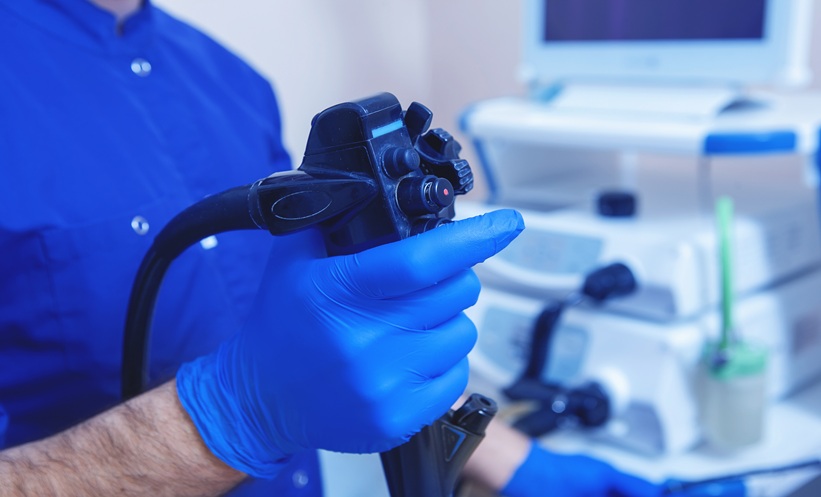DETERMINING the timing of surgery remains a challenge for patients with adenomatous polyposis, an inherited autosomal dominant condition. This abstract was presented by Isabel Martin, St Mark’s Hospital, London, UK, at UEG Week Virtual, who noted: “Ideally intervention takes place before cancer is diagnosed, as afterwards the outcomes are very poor.” Upper gastrointestinal endoscopic surveillance was recommended following pancreaticoduodenectomy (PD) or pancreas-sparing duodenectomy (PSD). This review is of importance in a field where long-term data is lacking.
Data were taken from two of the largest polyposis registry databases, Amsterdam UMC, the Netherlands, and St Mark’s Hospital, identifying and studying medical, surgical, and endoscopic reports for the patients who underwent endoscopic surveillance following PD or PSD between 1995 and 2020. The cohort of identified patients was 103, with a median follow up of 9 years. Ninety-one of this overall group underwent prophylactic surgery, three of whom experienced an unexpected cancer following surgery. Twelve of the large group had cancer surgery, most of which were ampullary cases. Endoscopic surveillance data was available in 74 patients. Forty-six gastric adenomas were diagnosed in 18 patients, with the median time from surgery to development of gastric adenoma 9 years. Three patients were diagnosed with gastric cancer, where median time from surgery to diagnosis was 13 years, and 473 jejunal adenomas were identified in 35 patients, where median time from surgery to development was 5 years. Causes of death were available for 24 of the 28 patients who died. Summarising the statistics produced, Martin revealed that in those who underwent surgery for ampullary and duodenal disease in adenomatous polyposis, 5% developed gastric cancer, of which 24% gastric adenomas and 7% high grade dysplasia. Furthermore, 3% developed jejunal cancer, 49% jejunal adenoma, with 6% high grade dysplasia.
Researchers were able to conclude based on their study that survival after diagnosis with duodenal cancer is poor, and clinicians should aim to operate in similar patients before cancer arises. Gastric and jejunal neoplasia is common after PD or PSD, highlighting the need for patients to have ongoing surveillance post-surgery. This was among the highlights of the abstracts presented at UEG Week this year, with the research adding novel and helpful information to guide practice in a field where it is highly sought-after.








